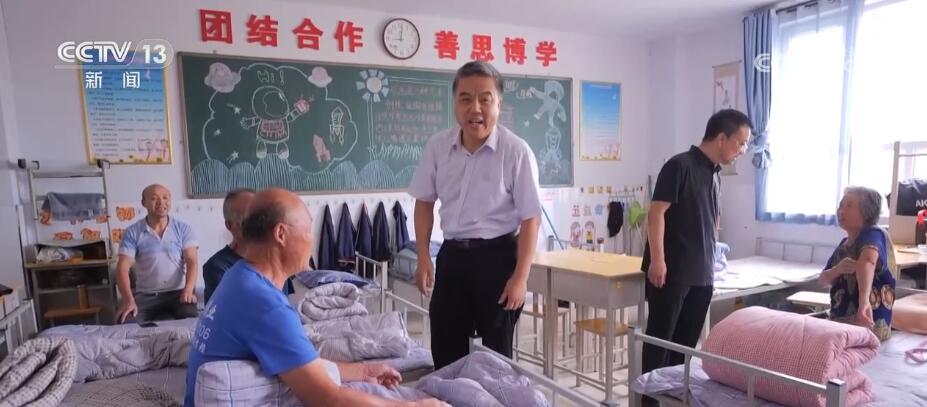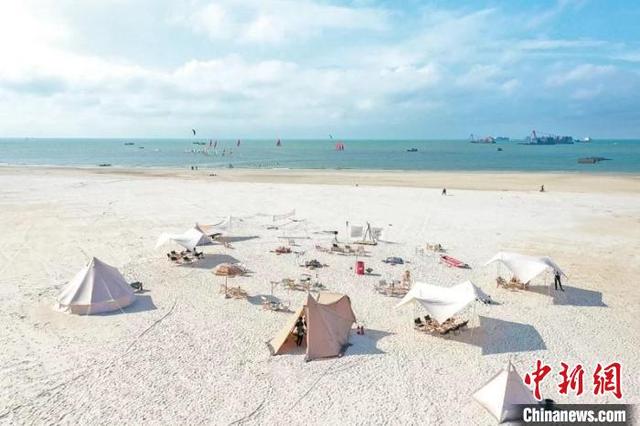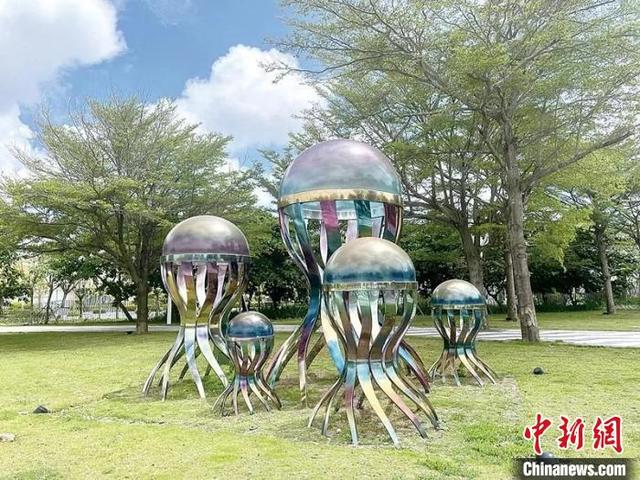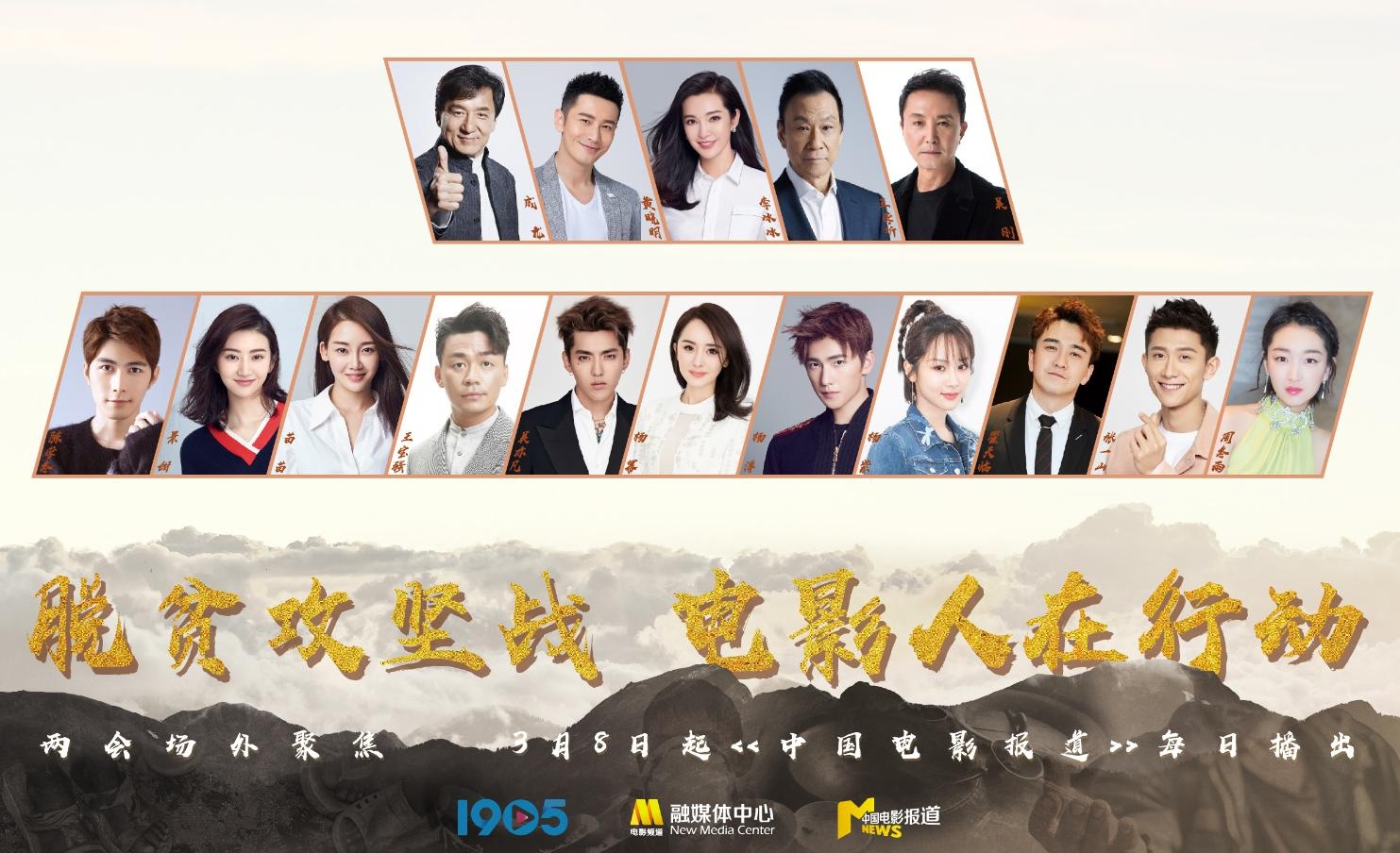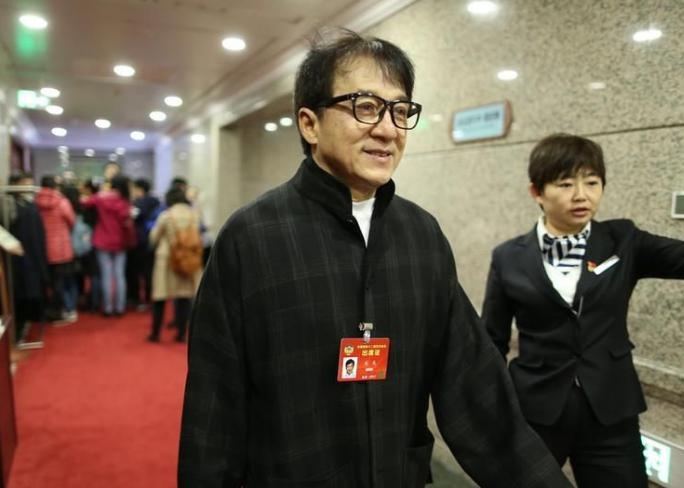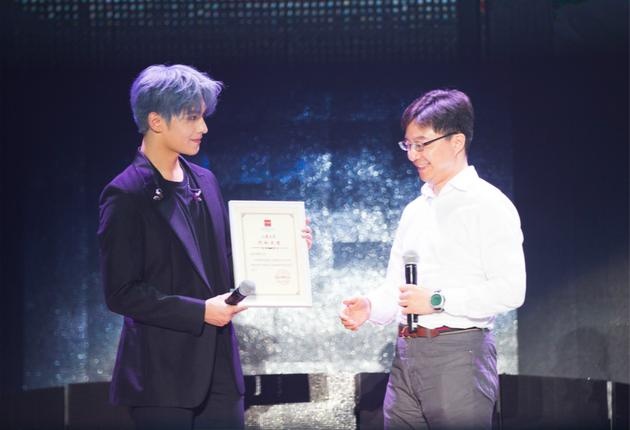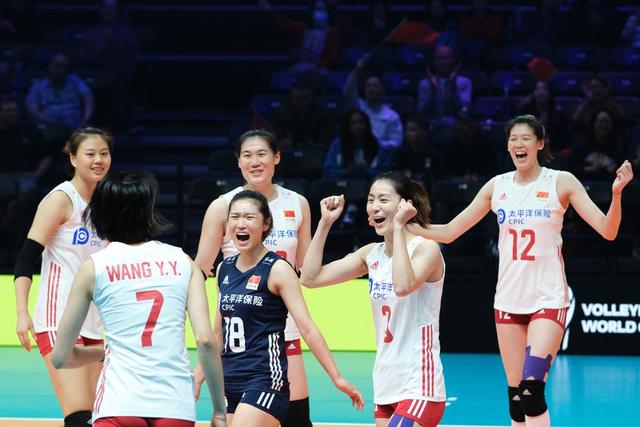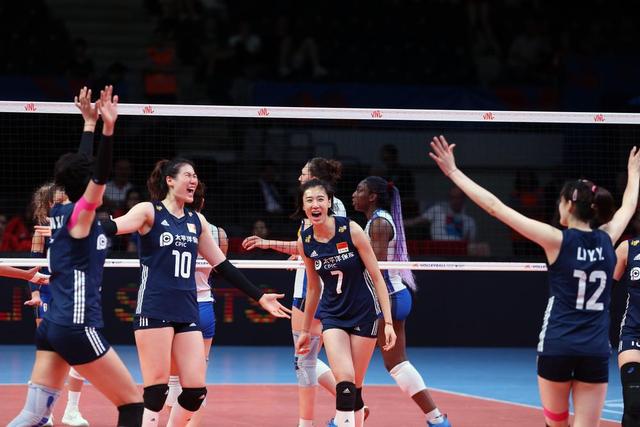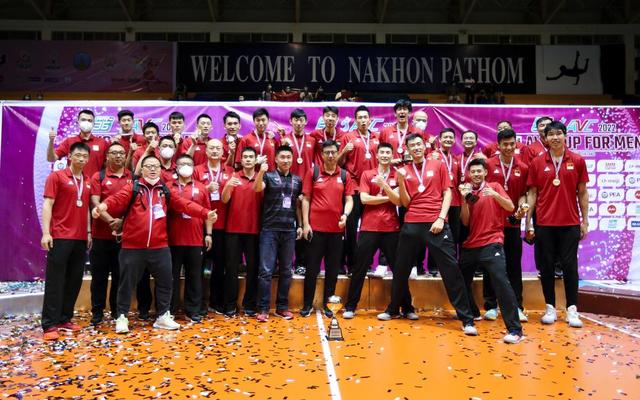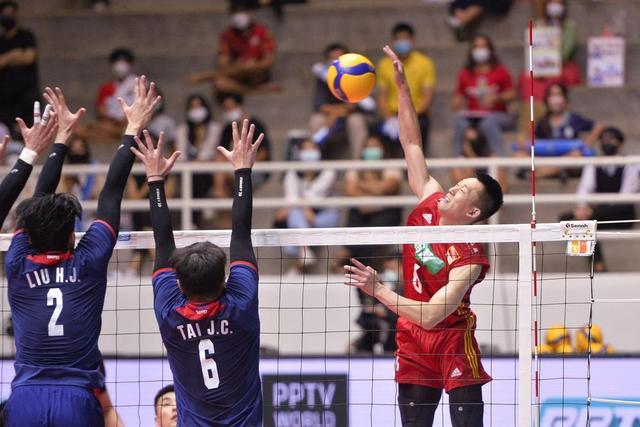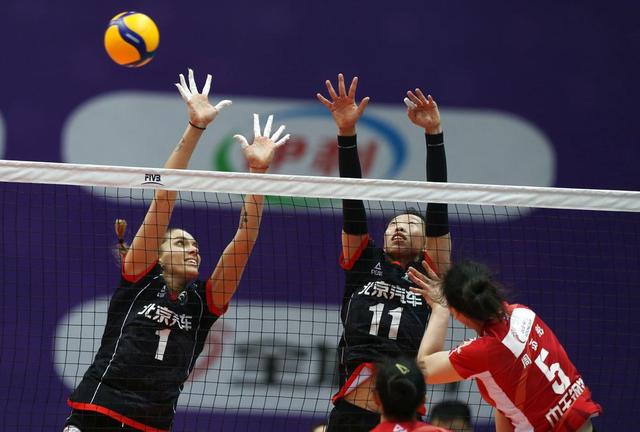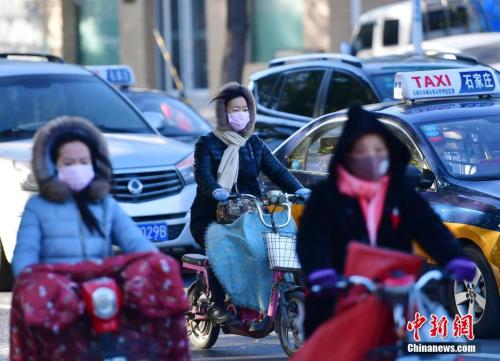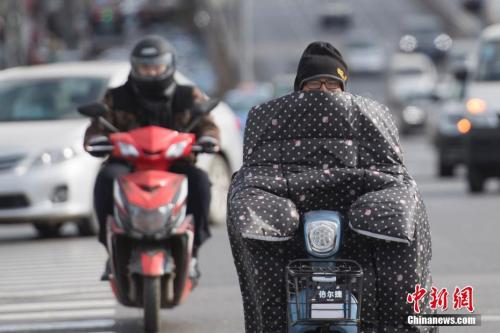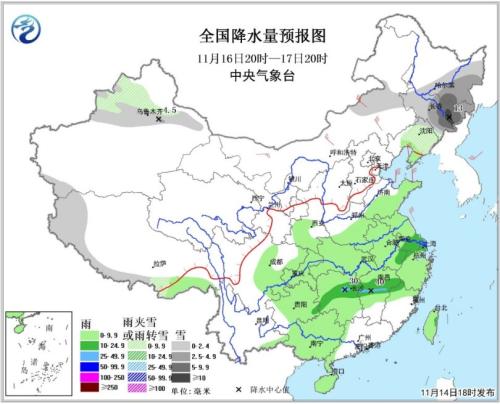BEIJING, May 26 (Xinhua) On May 26, the Propaganda Department of Nanyang Municipal Committee hosted a press conference. At the press conference, the Management Committee of Nanyang High-tech Zone gave a briefing on the "water-hydrogen engine car" that was hotly discussed by netizens recently.
According to the description, the professional name of "water-hydrogen engine car" is "on-board hydrolysis instant hydrogen production hydrogen energy car". This technology has been jointly developed by Hubei University of Technology and Young Auto since June 2006. The project name is "Basic Research on Key Technologies of Aluminum Alloy Preparation for Hydrogen Production by Vehicle Hydrolysis", which was developed by a team headed by Professor Dong Shijie of Hubei University of Technology. In 2010, it was approved by the "973 Plan" of the Ministry of Science and Technology. Its basic technical principle is "aluminum alloy powder+catalyst+water" reaction to produce hydrogen, and relevant patents have been obtained.
I. Technical Situation of "Vehicle-mounted Hydrogen Energy Vehicle for Instant Hydrogen Production by Hydrolysis"
Nanyang "Water-Hydrogen Engine Vehicle" is named "Vehicle-mounted Hydrogen Energy Vehicle for Instant Hydrogen Production by Hydrolysis". This technology has been jointly developed by Hubei University of Technology and Young Auto since June 2006. The project name is "Basic Research on Key Technologies of Aluminum Alloy Preparation for Hydrogen Production by Vehicle Hydrolysis", which was developed by a team headed by Professor Dong Shijie of Hubei University of Technology. In 2010, it was approved by the "973 Plan" of the Ministry of Science and Technology. Its basic technical principle is "aluminum alloy powder+catalyst+water" reaction to produce hydrogen, and relevant patents have been obtained. On May 22nd this year, the first prototype car was trial-produced in Nanyang R&D base, and the finalized mass production needs further improvement.
Second, about the basic situation of project cooperation
Since June 2017, after several rounds of negotiations and field visits, Nanyang High-tech Zone believes that young cars have the qualifications for the production of passenger cars, trucks and cars, as well as the research and development capabilities and application technologies of hydrogen fuel cells and hydrogen energy vehicles. Cooperating with them to promote hydrogen energy vehicle projects is in line with national industrial policies and is also consistent with Nanyang’s goal of developing vehicle production; Young Auto takes a fancy to Nanyang’s comprehensive advantages in location, market, business environment and supporting auto parts industry. On December 28, 2018, the two sides signed a cooperation agreement to build a hydrogen energy automobile industrial park in Nanyang High-tech Zone, and planned to produce hydrogen energy passenger cars, commercial vehicles and hydrogen fuel engines. The "Vehicle-mounted Hydrogen Energy Vehicle for Instant Hydrogen Production by Hydrolysis", which is concerned by all walks of life, belongs to the technical reserve project of young cars. It is independently developed by enterprises and will be mass-produced in Nanyang when the technology is mature.
Three, about the 4 billion yuan project investment.
In order to promote the project construction in a pragmatic way, the cooperation between the two parties is divided into two steps: the first step is to build Nanyang R&D base by renting a workshop for youth cars, and to carry out trial production of hydrogen energy buses, logistics vehicles and on-board hydrolysis instant hydrogen energy vehicles. The second step is to start the construction of Nanyang Hydrogen Energy Automobile Industrial Park on this basis. The investment of 4 billion yuan concerned by all walks of life will be used for the construction of the industrial park, and the high-tech zone investment Co., Ltd. plans to raise funds through market-oriented. At present, the project has not yet been established, and there is no substantial start, so there is no investment problem of 4 billion yuan. In the next step, we will continue to conduct further feasibility study on the project with a positive and prudent attitude, strictly control risks and ensure that there is no problem in capital investment.
Attachment: Description of "On-board Hydrogen Production Technology by Hydrolysis of Aluminum Alloy"
I. Basic principles
Hydrogen production by hydrolysis of aluminum alloy on vehicle is a hydrogen production technology, which mainly uses the chemical reaction between aluminum and water to produce hydrogen. Hydrogen production by aluminum-water reaction can be expressed by the following formula:
2Al +4H2O=2AlO(OH) + 3H2↑
2Al+6H2O=2Al(OH)3+3H2↑
Aluminum is rich in content, widely available, low in price and low in density on the earth, and the process of aluminum-water reaction does not produce harmful substances containing carbon and nitrogen, so the product is environment-friendly, and the hydrolysis reaction of metallic aluminum also has high hydrogen production and hydrogen production rate. Although aluminum is easy to react with water, under normal conditions, due to the contact between aluminum surface and air, it will be covered with a dense oxide film, which will hinder the contact reaction between aluminum and water. Therefore, how to effectively remove the oxide film on aluminum surface, accelerate the reaction and improve the conversion rate is the key to the aluminum-water reaction. In view of the above difficulties, hydrogen-producing aluminum alloy with high activity can be obtained by optimizing the composition and preparation process of hydrogen-producing aluminum alloy, and hydrogen production can be realized by rapid hydrolysis. Metaaluminate, a hydrolysis product obtained after hydrogen production, can be directly used as a flame retardant material. High-quality metaaluminate can be used in battery separator industry and can be further processed into micro-nano alumina, which has high economic value. At the same time, aluminum trioxide with better quality can be obtained by heating metaaluminate and aluminum hydroxide.
Professor Dong Shijie of Hubei University of Technology led the team to research and develop related technologies from 2006, and in 2010, he was approved by the Ministry of Science and Technology’s special research project "Basic Research on Key Technologies of Aluminum Alloy Preparation for Vehicle-mounted Hydrolysis Hydrogen Production", and in 2017, he was approved by the National Natural Science Foundation’s general project "Preparation and Hydrogen Production Mechanism of High-activity Micro-nano Al-Ga-In-Bi2O3-SnCl2 Materials for Hydrolysis Hydrogen Production".
Authorized patent ZL201610564832.5. The invention discloses an aluminum alloy for producing hydrogen by hydrolysis and a preparation method thereof. A small amount of low-melting metal and inorganic salt are added into aluminum powder by mechanical alloying to prepare the aluminum alloy for producing hydrogen by hydrolysis which can react with water at normal temperature and pressure. Moreover, aluminum alloys with different hydrogen production can be obtained by adjusting the content of additives. Apply for patent CN201910117543.4. An aluminum alloy for producing hydrogen by hydrolysis, its preparation method and application are disclosed. It consists of 90-95wt% Al and 5-10wt% additives, and the additives are one or more of metal simple substance, metal oxide and metal chloride. The aluminum alloy for hydrogen production by hydrolysis is prepared by mechanical alloying. According to different needs, aluminum alloys with different hydrogen production properties can be obtained by changing the composition and content of additives and mechanical alloying process parameters. The above two patents have been authorized to Nanyang Qingdong Energy Technology Co., Ltd., allowing them to be used during the operation period, and the authorized use period is 4 years.
Two, the current "water-hydrogen engine car" has the following four questions.
Question 1: Is "Nanyang Shenche" provided with technical support by Hubei University of Technology?
The official response said, "Online said ‘ Nanyang Shenche ’ The key hydrogen production technology used is indeed supported by Hubei University of Technology ".
The hydrogen production technology is led by Professor Dong Shijie of Hubei University of Technology, and its technical name is vehicle-mounted aluminum alloy hydrolysis hydrogen production technology. The team began to develop related technologies in 2006, and obtained the support of the National 973 Pre-research Project and the National Natural Fund. In the first two years, through the transformation of scientific and technological achievements, the team signed a cooperation agreement with Youth Automobile Group to carry out research cooperation on technologies such as large-scale hydrogen production and operation control of new energy sources for hydrogen production by hydrolysis of aluminum alloys on vehicles. "
At the same time, Professor Dong Shijie of Hubei University of Technology said that its technology is not the same as the so-called "water-hydrogen engine" transmitted by the Internet. Young cars only use hydrogen-producing materials and related technologies authorized by the team, while other vehicle technologies and equipment come from young cars. "Through our special materials and related technical devices, water can be converted into hydrogen, which then passes through the hydrogen fuel reactor to generate electricity, and then drives the on-board motor and engine to drive the car."
Dong Shijie said that hydrogen production technology is one of the keys to the power of new energy vehicles, and the team provides technical support. Other related power technology young cars have been integrated and developed through other channels.
Question 2: What are the innovations of key hydrogen production technologies?
"Our hydrogen production technology does not produce hydrogen by adding water to a device, but is the result of the interaction between water and new hydrogen production materials in the hydrogen production device." Professor Dong Shijie of Hubei University of Technology explained that the core technology of the team is to develop an efficient and low-cost aluminum alloy hydrolysis hydrogen production material, which can produce hydrogen after chemical reaction with water in a self-developed hydrogen production device, which can realize low-cost instant hydrogen production.
"Simply put, our technological innovation lies in hydrogen production materials and hydrogen production devices." Dong Shijie said that water is only an essential reactant, and the core technology is hydrogen production materials, equipment and control system. "It is a misunderstanding that a vehicle can drive only by adding water".
Dong Shijie said that the high-efficiency and low-cost aluminum alloy hydrolysis hydrogen production material developed by the team has obtained 10 authorized patents. "It is a real scientific and technological innovation, and the United States and other countries have similar technologies, but our technology has been at the advanced level in the world in the industrial preparation and application of hydrogen production speed and efficiency."
Question 3: Has the hydrogen production technology reached the economic requirements for the large-scale application of new energy vehicles?
Some experts said that from a technical point of view, it is feasible to obtain a large amount of hydrogen through the reaction of water and special materials to drive the car in a specific device, but technical problems such as aluminum passivation and separation of products and aluminum powder need to be solved. From the economic point of view, the price of aluminum in the market has exceeded that of 10 yuan per kilogram. If one kilogram of hydrogen is taken from nine kilograms of aluminum, the material cost of producing one kilogram of hydrogen is 63-50%, and the cost and energy consumption of converting bulk aluminum into aluminum powder have not been considered. Therefore, this hydrogen production route does not meet the requirements of energy saving and environmental protection.
Dong Shijie told reporters that the research team has considered the issues of cost and environmental protection. He said that the hydrolysis product of hydrogen production, metaaluminate, can be directly used as a flame retardant material, high-quality metaaluminate can be used in the battery separator industry, and metaaluminate can be further processed into micro-nano alumina. Hydrolyzed products after hydrogen production have high utilization and economic value, which can solve the problems of cost and environmental protection after being recycled by using new energy vehicles. "These hydrolysates will be recycled by automobile manufacturers to realize their value, and the cost can be greatly reduced."
Question 4: Is the relevant hydrogen production technology mature at present, and how long will it take to be applied to new energy vehicles?
At present, the technology of hydrogen fuel cell faces two major technical problems: on-board hydrogen storage technology and infrastructure construction of hydrogen refueling station. Before these two major technical problems are effectively solved, the technology of hydrogen production, hydrogen transportation and hydrogen storage integrated by on-board hydrolysis hydrogen energy vehicle is not a feasible intermediate solution. Of course, the best solution in the future is that the on-board hydrogen storage technology reaches the industrial application level.
Dong Shijie said that his team technology has achieved a cheap and controllable production mode, which can be prepared and used at any time, without the need for storage and transportation. "It is only necessary to install a hydrogen production device on a new energy vehicle, and the reaction materials in the device can be changed circularly. How much hydrogen is needed to make as much hydrogen as possible, which can solve the danger of hydrogen leakage and explosion in the current process of using high-pressure hydrogen storage and transportation."
It is also questioned that the current technology for extracting hydrogen does not have a wide range of popularization. Dong Shijie believes that his team’s technology has solved the key links of hydrogen preparation such as materials and control, and the youth car has developed an operational device. At present, the replacement of hydrogen production reactants and the stability of subsequent hydrogen production need to be further studied. If these technical problems are solved, the related technologies can be fully mature, and the large-scale application of on-board hydrogen production technology in new energy vehicles is just around the corner.
